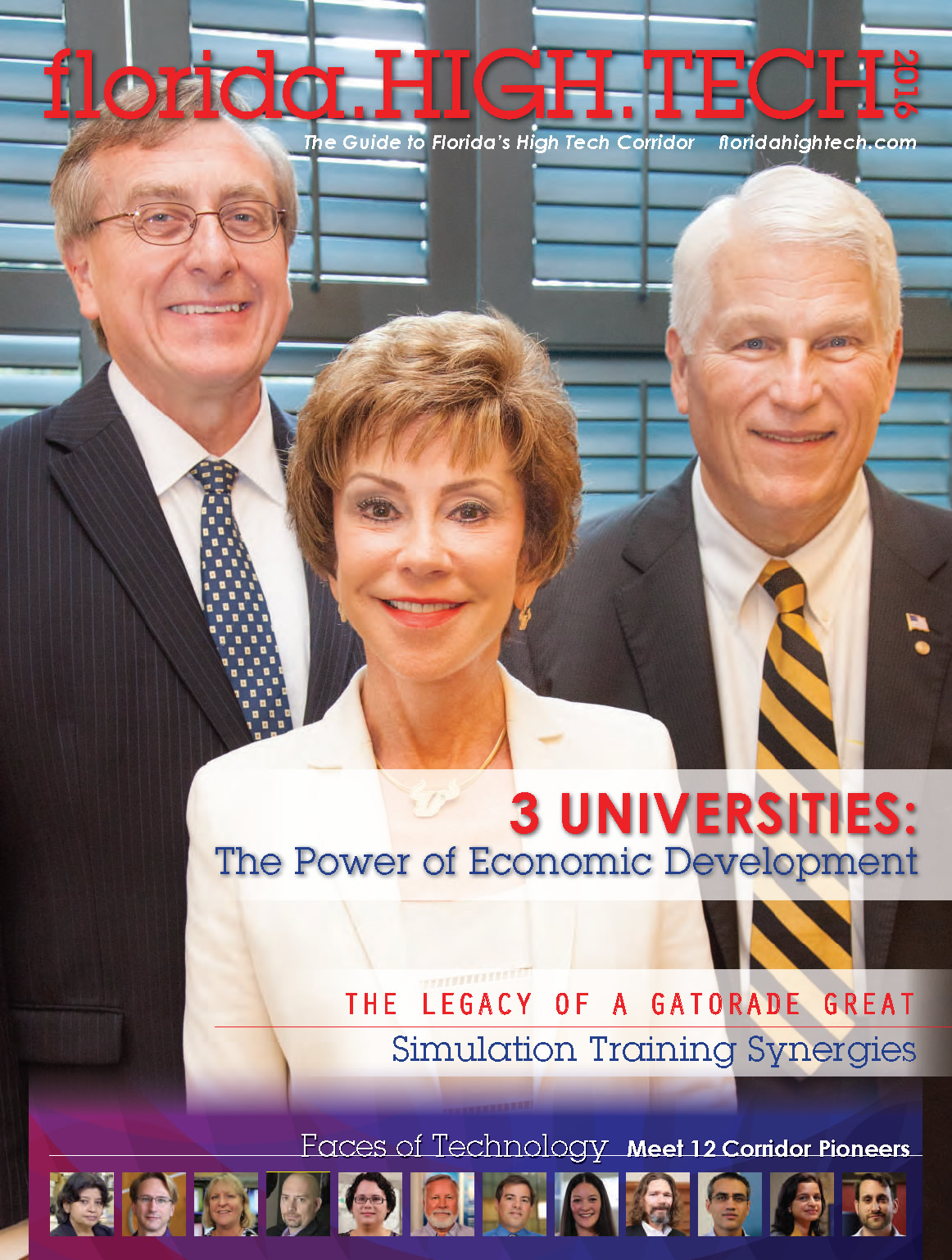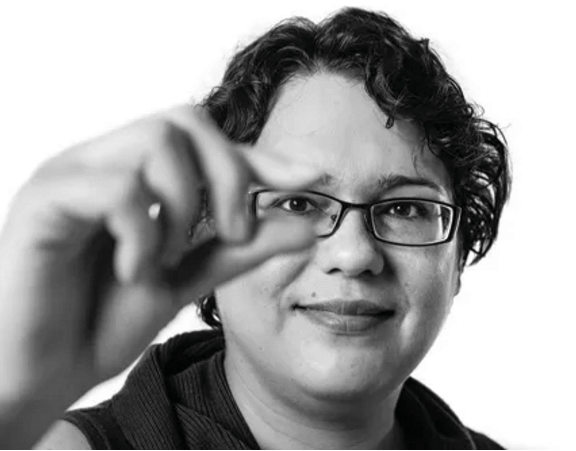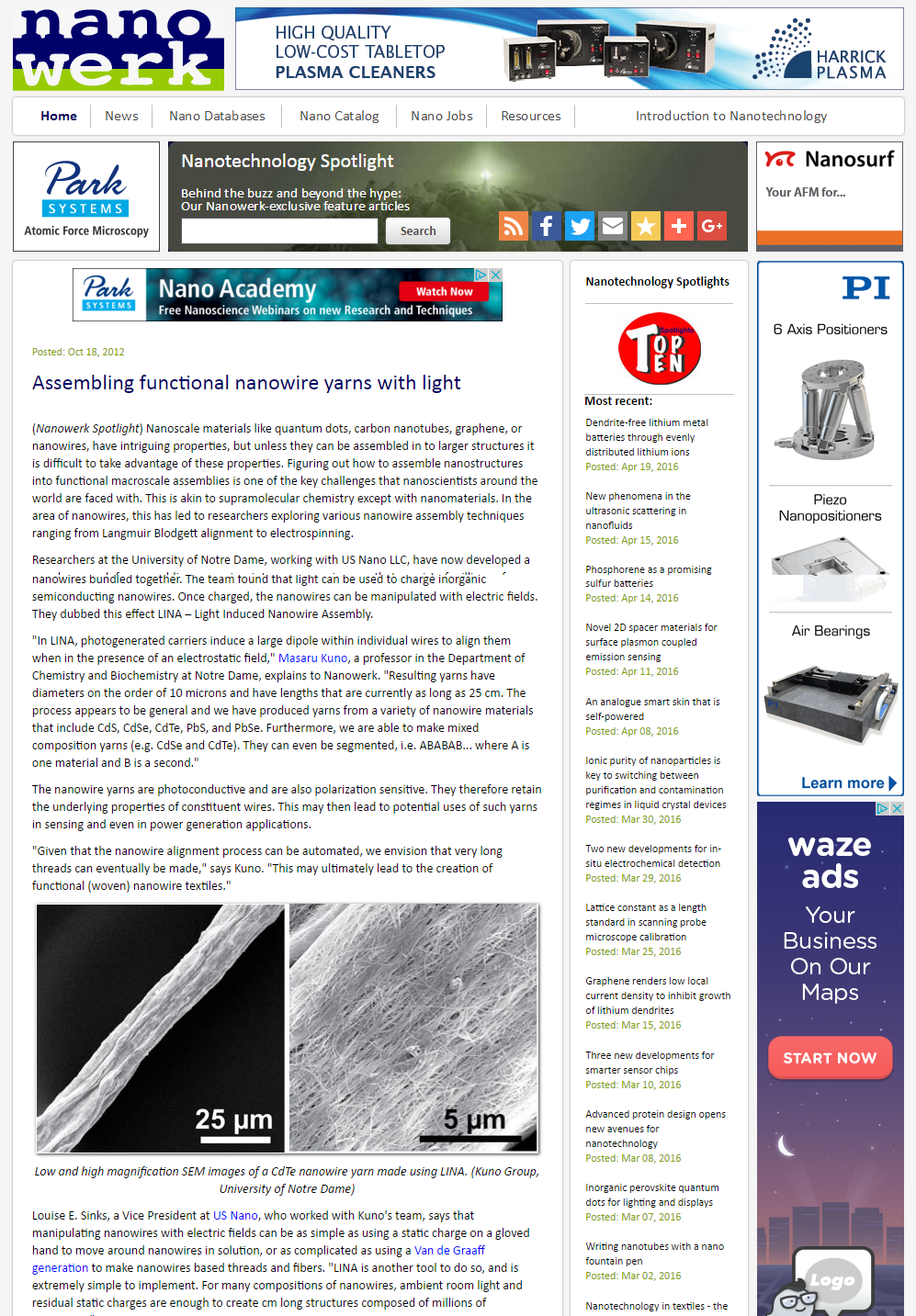Gusev’s Insights on Nanotechnology Product Development: The Business Observer
US Nano’s co-founder and President, Alexey Gusev, discusses the role of entrepreneurship in bringing nanotechnology products to market with Florida’s Business Observer. He discusses several different applications for nanowire based biosensors and the long path to bringing innovative products to market.
Mini marvel
May 20, 2016

Sarasota chemist and entrepreneur Alexey Gusev grew up in Moscow, so the cold and dreary winters in northwest Ohio were a cinch when he earned a Ph.D. at Bowling Green.
It was the drastic differences between the socialism he knew as a child and the capitalism he encountered in the States that really left an imprint on Gusev. And when faced with a choice of chasing a tenure-track job in academia or starting a company, Gusev chose the latter. The raw get-it-done-or-else value system of running a business, he says, was more enticing than the cushy comforts of a teaching gig. “From day one,” says Gusev, “it’s been a race to have a revenue product.”
Read more of Dr. Gusev’s thoughts on nanotechnology product development at the Business Observer.



